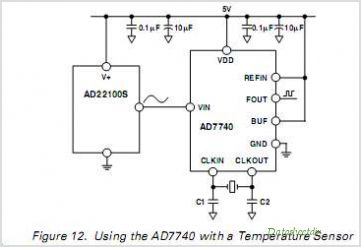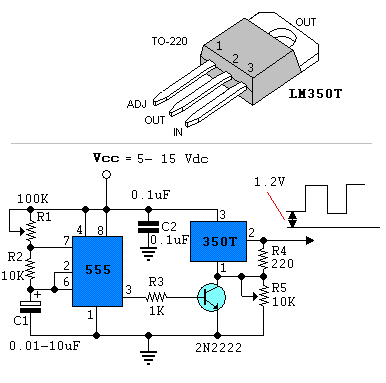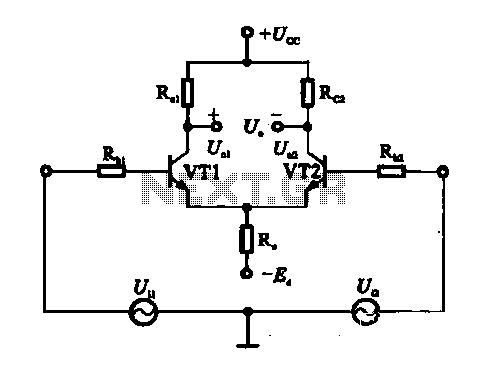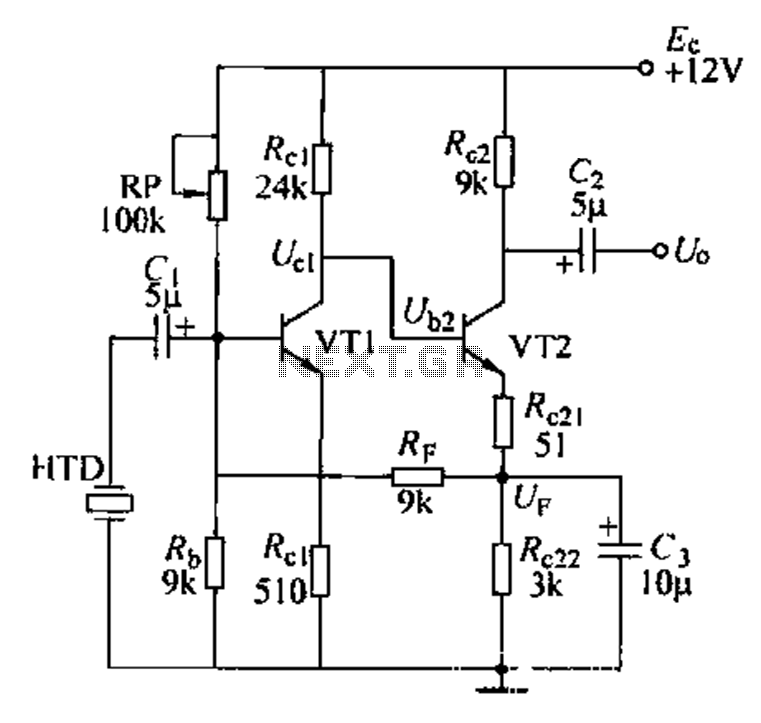
1,500W / 4 Ohms Power Amplifier
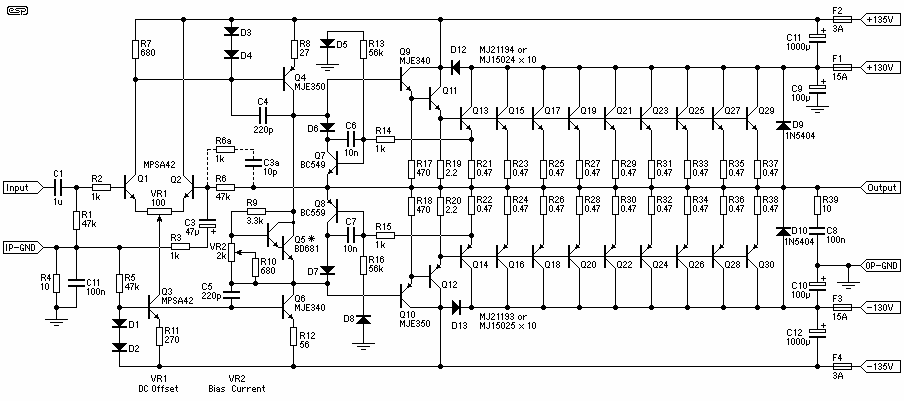
Capable of 2kW peak and a minimum of 1.5kW continuous, it has to be said that this amplifier will blow up any speaker connected to it. Regardless of the claimed power that various drivers can handle, they can't. To put this whole issue into perspective, take the most powerful and robust driver you can (8 ohms), and connect it directly to the 110V mains (this is recommended as a 'thought experiment', rather than actually doing it!). 110V RMS into 8 ohms is 1,500W.
This amplifier is designed to deliver a peak power output of 2kW and a minimum continuous power output of 1.5kW. This high power output capability implies that it can potentially damage any speaker connected to it. This is due to the fact that, despite the power handling claims made by various driver manufacturers, these drivers are unable to handle such high power levels.
To further illustrate this point, consider connecting the most robust and powerful driver available, rated at 8 ohms, directly to the 110V mains. Although this is suggested as a theoretical exercise and not recommended in practice, it serves to highlight the power handling limitations of typical drivers. In this scenario, the driver would be subjected to an RMS voltage of 110V, which equates to a power level of 1,500W. This is a significant amount of power and is likely to cause damage to the driver.
In conclusion, the amplifier in question is capable of delivering high power levels that exceed the power handling capabilities of most drivers. This is an important consideration when selecting speakers to be used with this amplifier, as it is essential to ensure that the speakers are capable of handling the power output of the amplifier to avoid potential damage.Capable of 2kW peak and a minimum of 1.5kW continuous, it has to be said that this amplifier will blow up any speaker connected to it. Regardless of the claimed power that various drivers can handle, they can`t. To put this whole issue into perspective, take the most powerful and robust driver you can (8 ohms), and connect it directly to the 110V mains (I recommend this as a `thought experiment`, rather than actually doing it!).
110V RMS into 8 ohms is 1,500W. 🔗 External reference
This amplifier is designed to deliver a peak power output of 2kW and a minimum continuous power output of 1.5kW. This high power output capability implies that it can potentially damage any speaker connected to it. This is due to the fact that, despite the power handling claims made by various driver manufacturers, these drivers are unable to handle such high power levels.
To further illustrate this point, consider connecting the most robust and powerful driver available, rated at 8 ohms, directly to the 110V mains. Although this is suggested as a theoretical exercise and not recommended in practice, it serves to highlight the power handling limitations of typical drivers. In this scenario, the driver would be subjected to an RMS voltage of 110V, which equates to a power level of 1,500W. This is a significant amount of power and is likely to cause damage to the driver.
In conclusion, the amplifier in question is capable of delivering high power levels that exceed the power handling capabilities of most drivers. This is an important consideration when selecting speakers to be used with this amplifier, as it is essential to ensure that the speakers are capable of handling the power output of the amplifier to avoid potential damage.Capable of 2kW peak and a minimum of 1.5kW continuous, it has to be said that this amplifier will blow up any speaker connected to it. Regardless of the claimed power that various drivers can handle, they can`t. To put this whole issue into perspective, take the most powerful and robust driver you can (8 ohms), and connect it directly to the 110V mains (I recommend this as a `thought experiment`, rather than actually doing it!).
110V RMS into 8 ohms is 1,500W. 🔗 External reference


